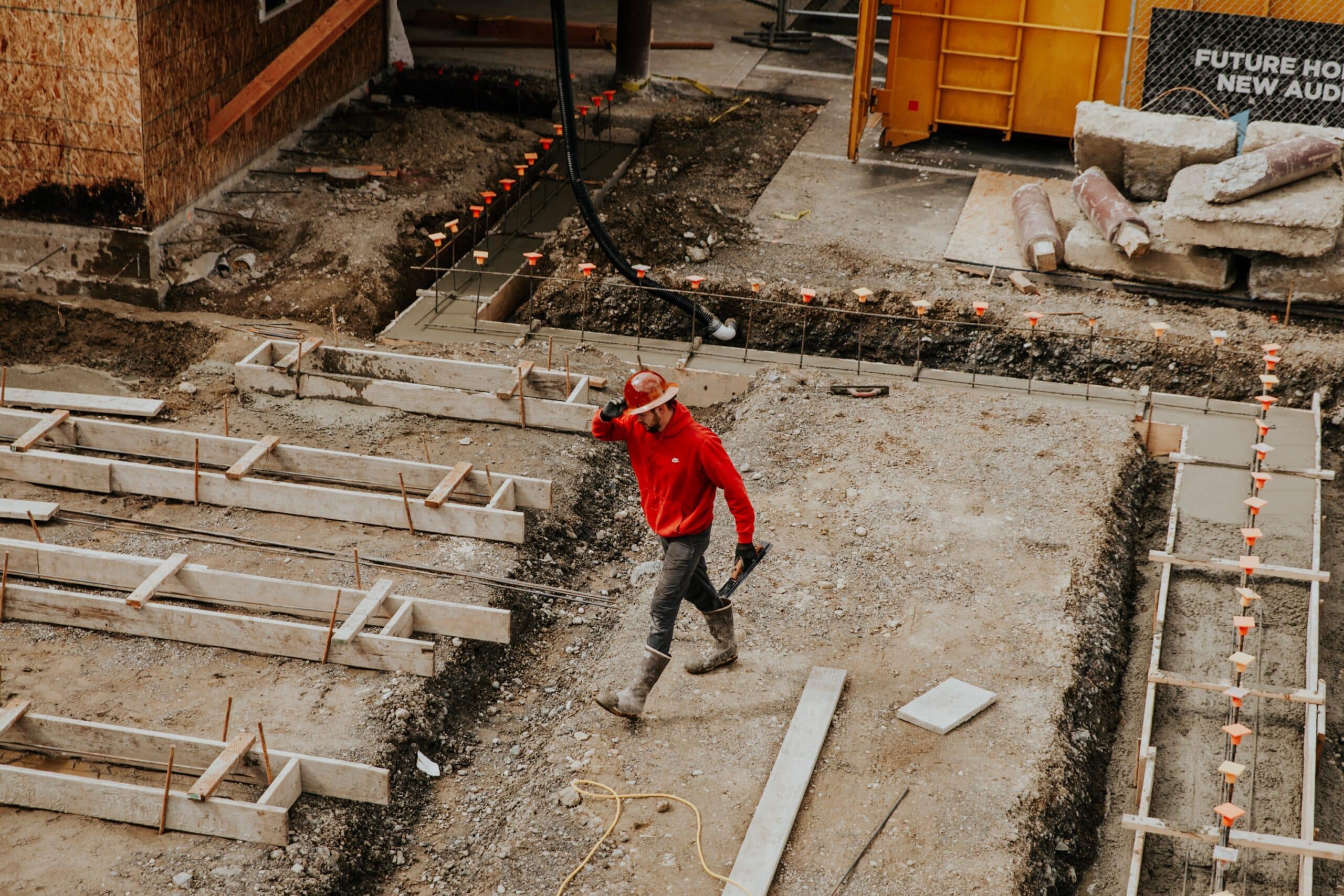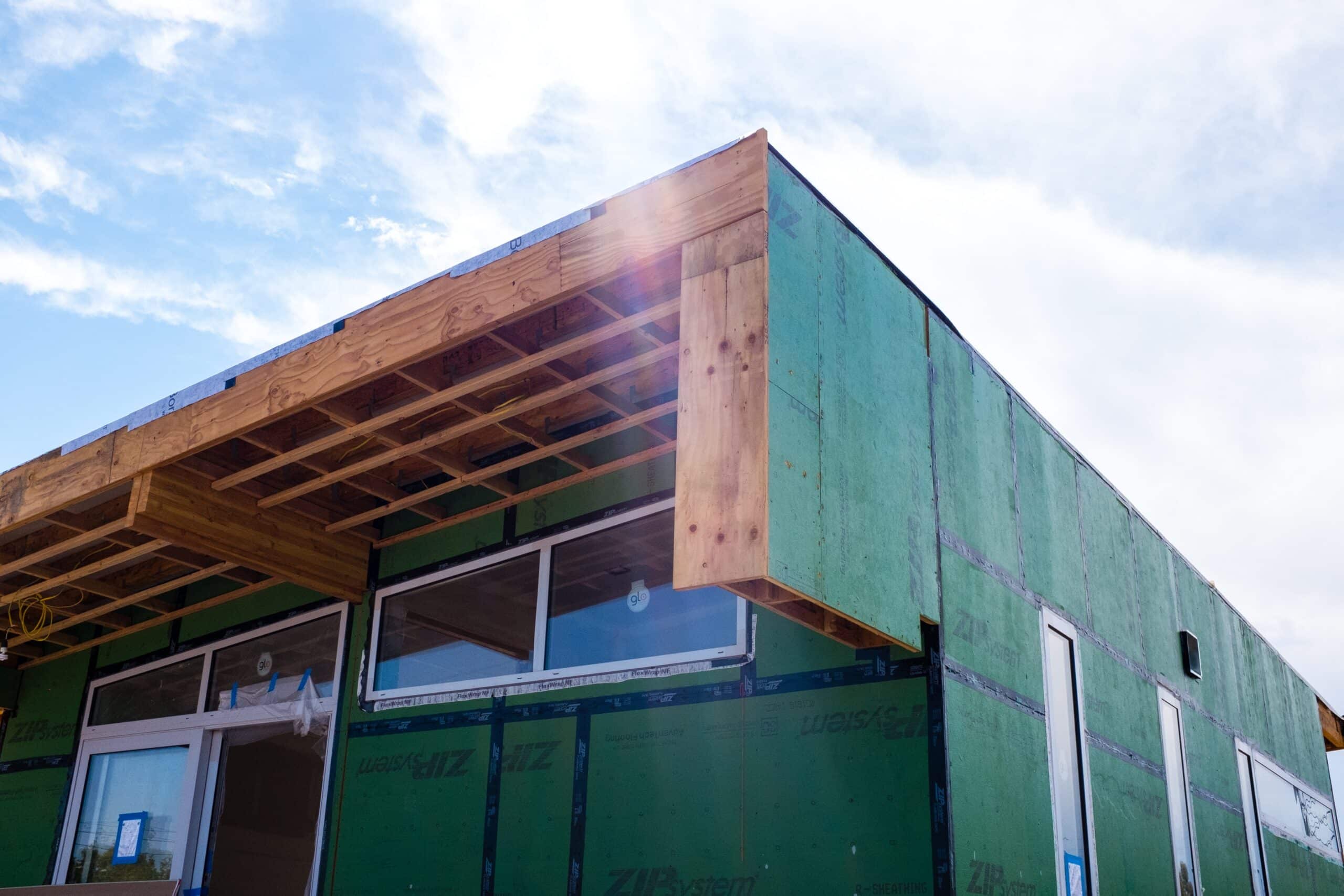How to ensure you get paid as a Subcontractor
A subcontractor’s charge is available where a subcontractor reasonably believes that:
they will not be paid for the building work pursuant to a subcontract; OR
their contractor may become insolvent and soon be subject to liquidation
Am I a Subcontractor?
A subcontractor is defined as the party to a subcontract who performs work which forms all or part of the work required under another building contract. Subcontracts are tiered depending on whether they perform work for the head contractor, or other subcontracts flowing from the head contractor.
If you’re unsure if this is you, contact us today!

What is a subcontractor’s charge?
A subcontractor’s charge aims to secure payment by placing a security interest on the head contractor’s (developer, owner) money/assets in the amount that is payable or due to become payable to their subcontractor for subcontracted works. This is done by issuing a “Notice of Claim” in accordance with section 122 of the BIFA.
In the event of insolvency, a subcontractor’s charge will likely ensure you are listed as a ‘secured creditor’ with a higher preference to the pool of liquidated assets after the costs of liquidation. It will also aim to protect you from any unfair preference claim if you were to receive payment from the contractor by mere demand within six (6) months preceding their liquidation. Failure to obtain a subcontractor’s charge will mean you become an unsecured creditor in liquidation and less likely to recover some or all your outstanding invoices.
Eligibility Requirements
“Building Work”
A subcontractor engaged by a contractor to perform building work on land or an existing building under a build contract is entitled to claim payment from that contractor, if it is eligible “work” pursuant to section 105(1) of the BIFA, such as:
- Labour in connection with construction of a building or other structure, alteration, or improvement of a thing;
- Supply of materials used by a subcontractor;
- Manufacture of fabrication of project-specific components; or
- Supply of labour for a Contract other than administrative labour.
Work specifically excluded is labour completed under a contract of service, or work in connection with the test of materials or the taking of measurements.

Notice of Claim procedural requirements
A Notice of Claim must be in the approved form, served on the correct parties and state the claim amount as well as the details of the claimed work.
The Notice must be signed off by a qualified person (i.e., registered architect, engineer,
QBCC licensee) who is not involved in the contract in any capacity.
The subcontractor’s charge may be set aside if the contractor under a higher subcontractor has already paid another party for the work claimed. To minimise risk, a subcontractor should request from the contractor in writing, the details of any other subcontractor charges over the contract and/or the head contractor details to allow you give the Notice of Claim to them.
Once a Notice of Claim is served on the contractor, they have ten (10) business days to respond in writing and either accept the claim in full or in part, or dispute the claim.
- If accepted, the contractor accepts liability for the claimed amount and must make payment. Upon receipt of the claimed monies, the subcontractor indemnifies the head contractor from all further liability and legal costs.
- If disputed, the contractor must retain the claimed amount or pay these monies into the court’s trust account. If they do not, they risk being personally liable for the claimed amount.
- If the Contractor does not pay as required, the subcontractor must commence proceedings against the contractor in court (which court varies on the value of the claim) within one (1) month from serving the Notice of Claim on the Contractor and any security holders.
- If the claimed amount is retained in the court’s trust account, then the subcontractor has four (4) months from serving the Notice of Claim on the Contractor and any security holders to apply for a court order for that amount to be released to them.


Claimed amount
Each Notice of Claim must be limited to one (1) separate and distinguishable item of work, and the amount claimable is limited to the cost of the actual work up to the date the Notice of Claim is given, being the lesser of:
- The amount payable to the subcontractor for the work under the subcontract; or
- The amount owing to your contractor under the higher contract.
If there are two (2) or more subcontractor charges against a contractor and the money payable to the contractor by its head contractor is insufficient to pay all subcontractors in full, the claimed amount will be reduced proportionally.
A subcontractor’s charge does not allow a subcontractor to claim damages or other relief it may otherwise be entitled to.
Timeframes for lodgement
To lodge a subcontractor’s charge, you must serve a Notice of Claim on the contractor and head contractor within three (3) months of practical completion of the most recent work under the contract.
We strongly recommend you contact Greenhalgh Pickard to learn more about securing your right to payment as a subcontractor.








